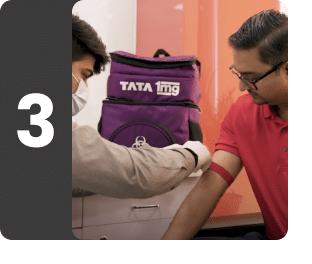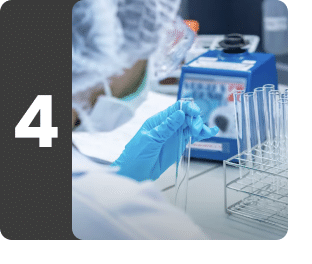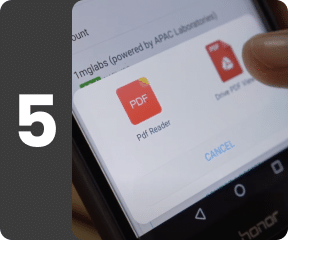Bilirubin (Total, Direct and Indirect)
Understanding Bilirubin (Total, Direct and Indirect)
What is Bilirubin (Total, Direct and Indirect)?
A kidney, ureter, and bladder (KUB) X-ray helps to visualize the organs of urinary and gastrointestinal systems. It is performed to determine an intestinal blockage, foreign objects in the stomach, tumors, kidney stones and gallstones. It can also provide information regarding the size, shape, and position of the kidneys, ureters, and bladder. This X-ray is advised to people complaining of persistent or acute abdominal pain.
A KUB X-ray is primary evaluation of the urinary tract before performing any other diagnostic procedures.
What is Bilirubin (Total, Direct and Indirect) used for?
The Bilirubin (Total, Direct and Indirect) test is done in case of signs and symptoms of:
-
Liver damage
-
Liver disease
-
Bile duct blockage
-
Hemolytic anemia
-
Liver-related metabolic problems
-
Jaundice in newborns
What does Bilirubin (Total, Direct and Indirect) measure?
Contains 3 tests
Bilirubin Indirect
A Bilirubin Indirect test measures the amount of indirect or unconjugated bilirubin in your body. Bilirubin is a yellowish byproduct primarily produced when your body breaks down aged red blood cells (RBCs). When RBCs finish their lifespan of 120 days, they break down and pass to your liver. Indirect bilirubin, a form of bilirubin that is unconjugated (not soluble in water), is bound to the protein albumin that helps transport it to the liver. When the liver processes the bilirubin, it unbinds from the albumin and binds to a sugar molecule, making it water-soluble. This water-soluble bilirubin is mixed with bile, excreted in the bile ducts, and stored in your gallbladder. Finally, bile is released into the small intestine to help digest fat and is eventually excreted with your stool as a waste product.
Know more about Bilirubin Indirect

Bilirubin Direct
A Bilirubin Direct test measures the amount of direct or conjugated bilirubin present in your body. Bilirubin is a yellowish byproduct primarily produced when the body breaks down aged RBCs. When the RBCs finish their lifespan of 120 days, they break down and pass to the liver. In the liver, direct bilirubin–a form of bilirubin conjugated with glucuronic acid (sugar)–is processed, mixed with bile, and then excreted in the bile ducts and stored in your gallbladder. Finally, the bile is released into the small intestine where it is further broken down and helps digest fat. It is eventually excreted within your stool as a waste product.
Elevated levels of bilirubin can be indicative of various liver or bile duct issues. Additionally, higher bilirubin levels might result from an increased breakdown of red blood cells in the body.
Know more about Bilirubin Direct

Bilirubin Total
A Bilirubin Total examination quantifies the levels of total bilirubin in the body, encompassing both indirect (unconjugated) and direct (conjugated) bilirubin. Bilirubin, a yellowish waste substance, is primarily generated during the breakdown of aging red blood cells (RBCs) in the body. After their typical lifespan of 120 days, RBCs disintegrate in the liver, leading to the production of a substantial amount of bilirubin. It is crucial for this bilirubin to be eliminated from the body.
Know more about Bilirubin Total
Interpreting Bilirubin (Total, Direct and Indirect) results
Interpretations
The normal values of total bilirubin may range from 0.30 mg/dL to 1.20 mg.dL.
Reference range may vary from lab to lab*
- Increased total bilirubin which is mainly unconjugated may be due to hemolytic anemia, transfusion reactions
- Increased total bilirubin which is mainly conjugated may be due to viral hepatitis, drug reactions, alcoholic liver disease, gall stones or any obstruction in the bile ducts
- Low levels of bilirubin are usually not a cause for concern and therefore not monitored.
Answers to Patient Concerns & Frequently Asked Questions (FAQs) about Bilirubin (Total, Direct and Indirect)
Frequently Asked Questions about Bilirubin (Total, Direct and Indirect)
Q. How is the blood sample taken?
Q. Is there any risk associated with the withdrawal of blood sample procedure?
Q. What other tests are advised along with Bilirubin (Total, Direct and Indirect) Test?
Q. What does Bilirubin (Total, Direct and Indirect) Test aid in diagnosing?
Book a Bilirubin (Total, Direct and Indirect) test at home near me





Other tests








